Iranian handmade carpets are highly sought-after worldwide, representing both authenticity and Iranian art, and they enjoy immense popularity. Approximately one-third of the world's handcrafted carpets are produced in Iran, demonstrating their immense popularity and superb artistry. Persian carpets are very popular because of their varied patterns that suit a wide range of aesthetic preferences. Their exceptional quality sets them apart as Iranian carpet-weaving icons, elevating the material and cultural significance of vintage Persian carpets that have withstood the test of time. Persian carpets and rugs are the product of thousands of expertly tied knots around each strand of wool or silk, applied with accuracy and a unique technique by both urban and suburban craftsmen and talented nomadic artisans. Every Iranian carpet has a unique pattern and story. While some carpets are painstakingly woven from intricate designs, others are influenced by the artisan's surroundings and way of life, as well as their artistic sensibilities.
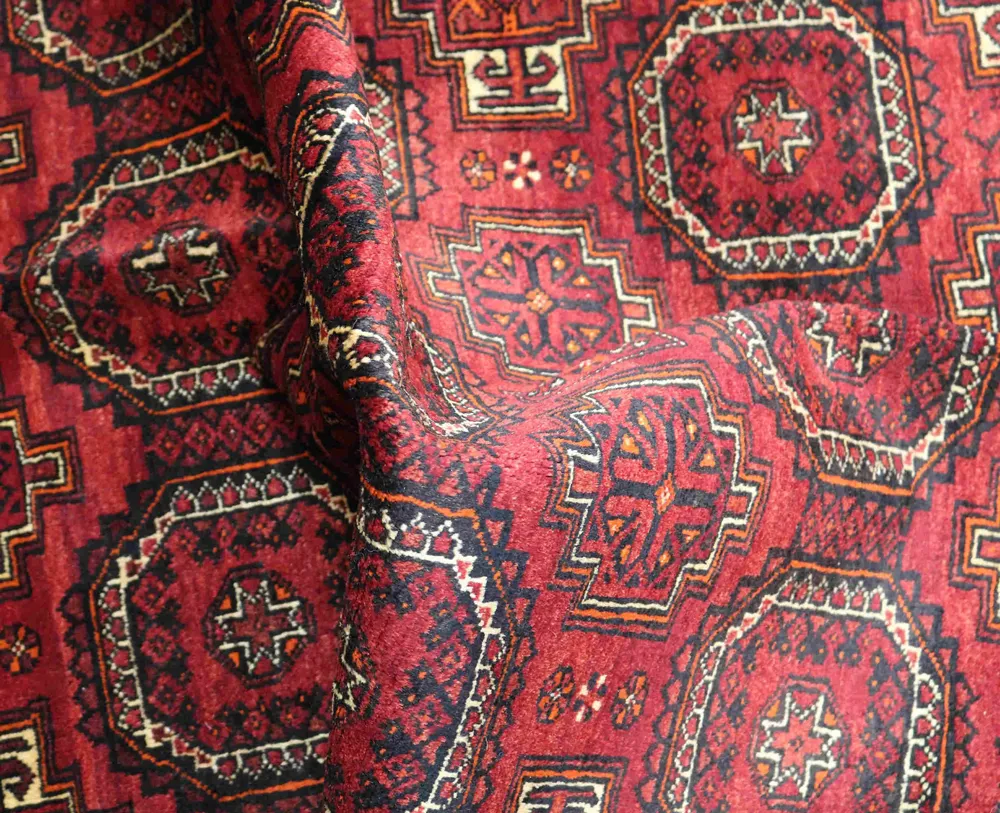
Hand-knotted with precision, Persian rug carpets from Iran are renowned for their intricate motifs and vibrant colors, making them the centerpiece of any room. The durability and luxury of Iranian carpets not only enhance the elegance of your home décor but also make them a wise investment for those seeking to add sophistication to their living spaces. Whether you’re looking for a Persian carpet rug to complement a modern living area or to enhance a traditional setting, the extensive selection of Iranian Persian rugs caters to every taste. These rugs from Iran are more than just beautiful pieces; they embody a centuries-old tradition of craftsmanship passed down through generations. Explore the timeless elegance of rugs from Persia and discover why these masterpieces are highly coveted by collectors and interior designers around the world.
_11zon.webp)
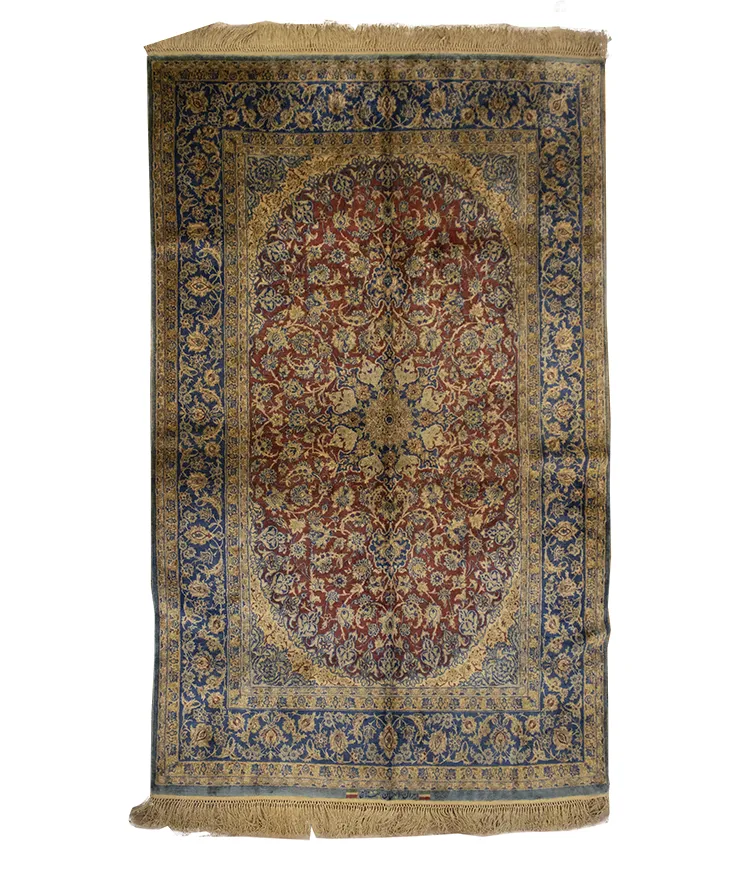
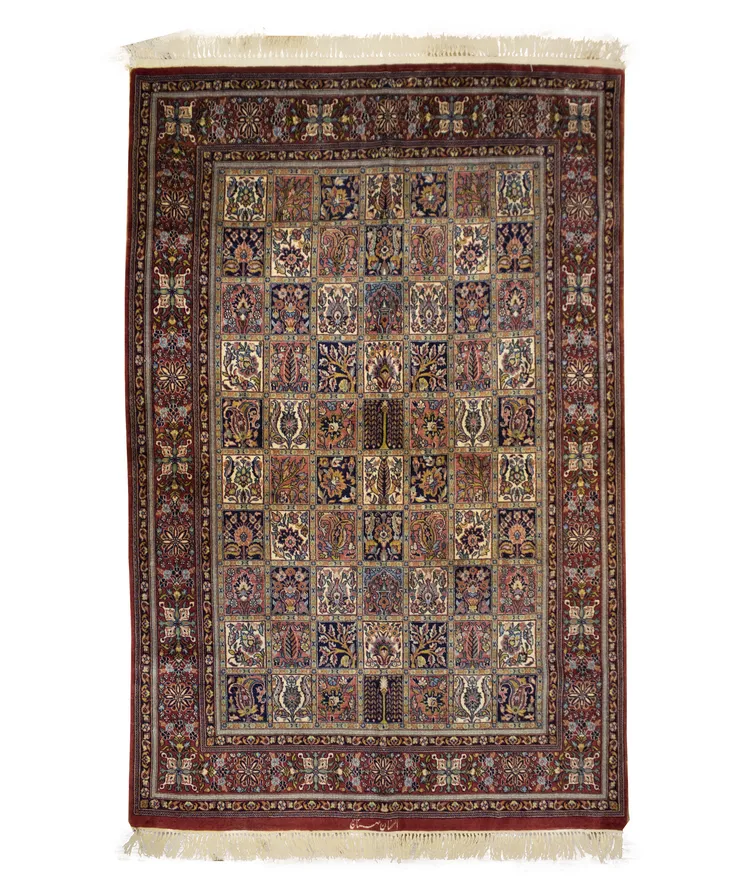
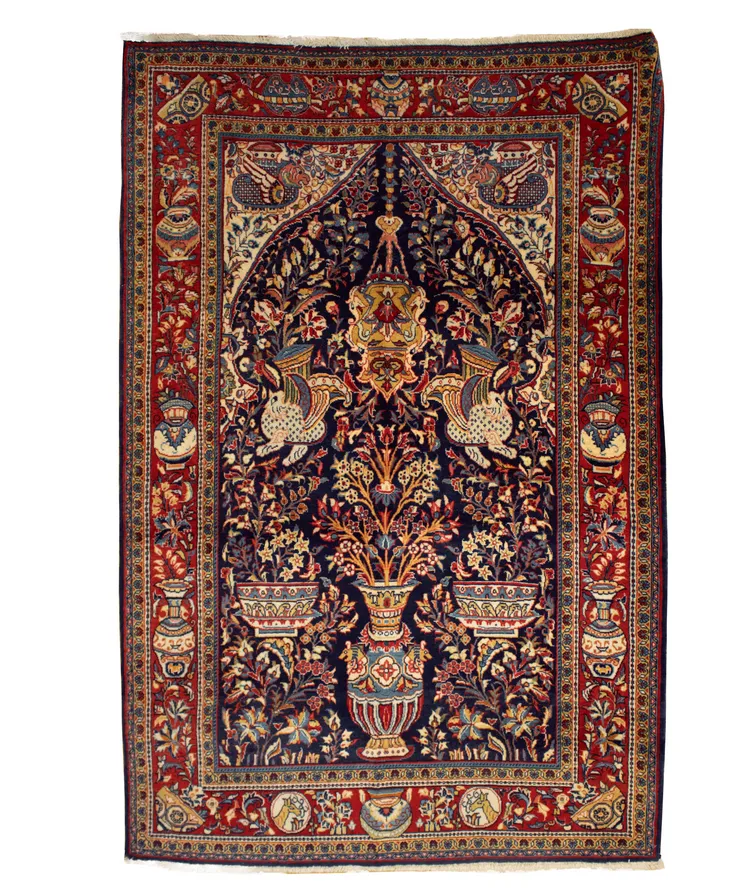
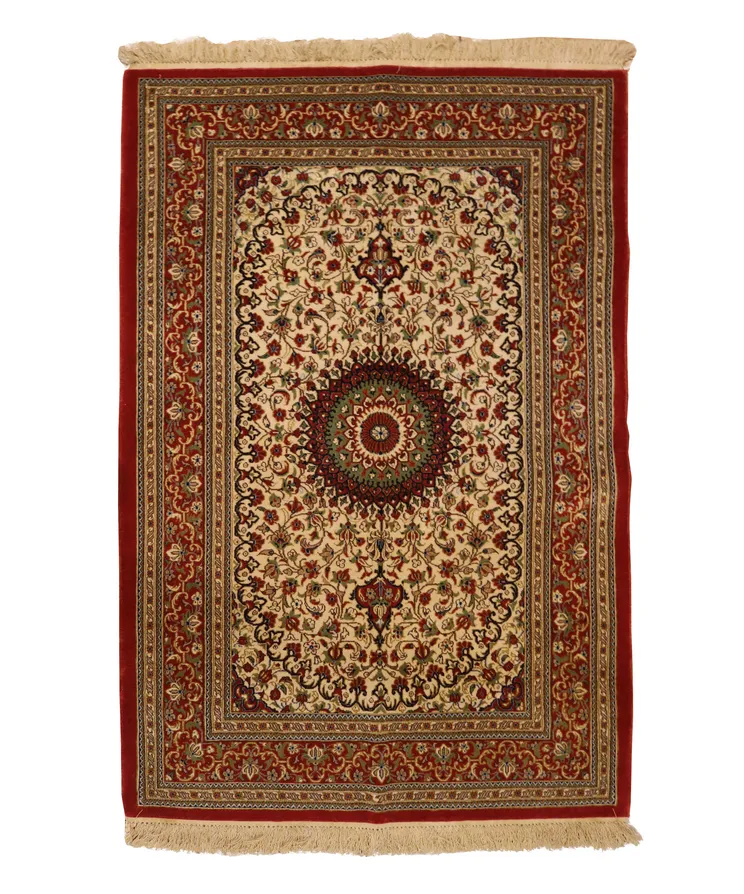
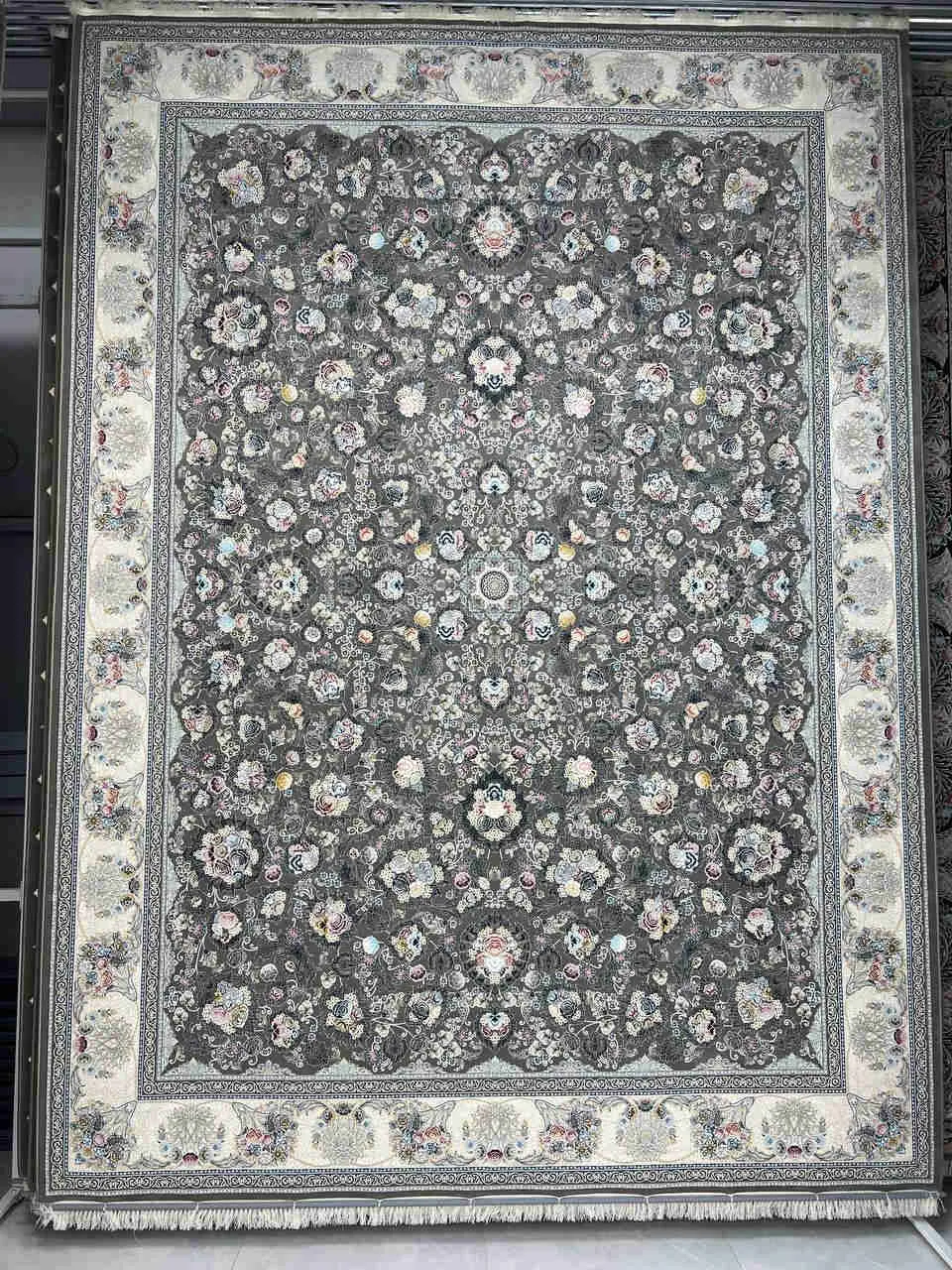
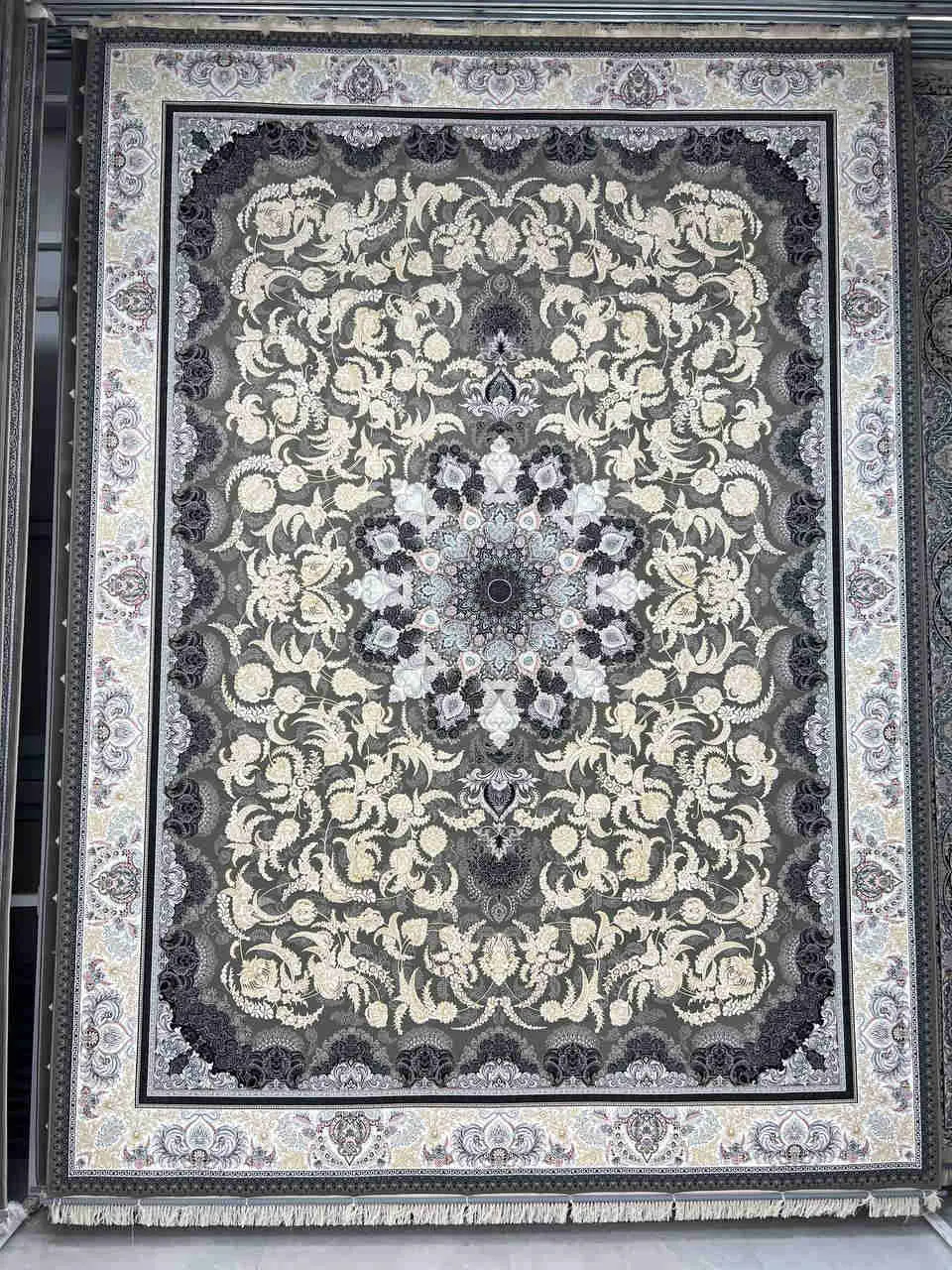
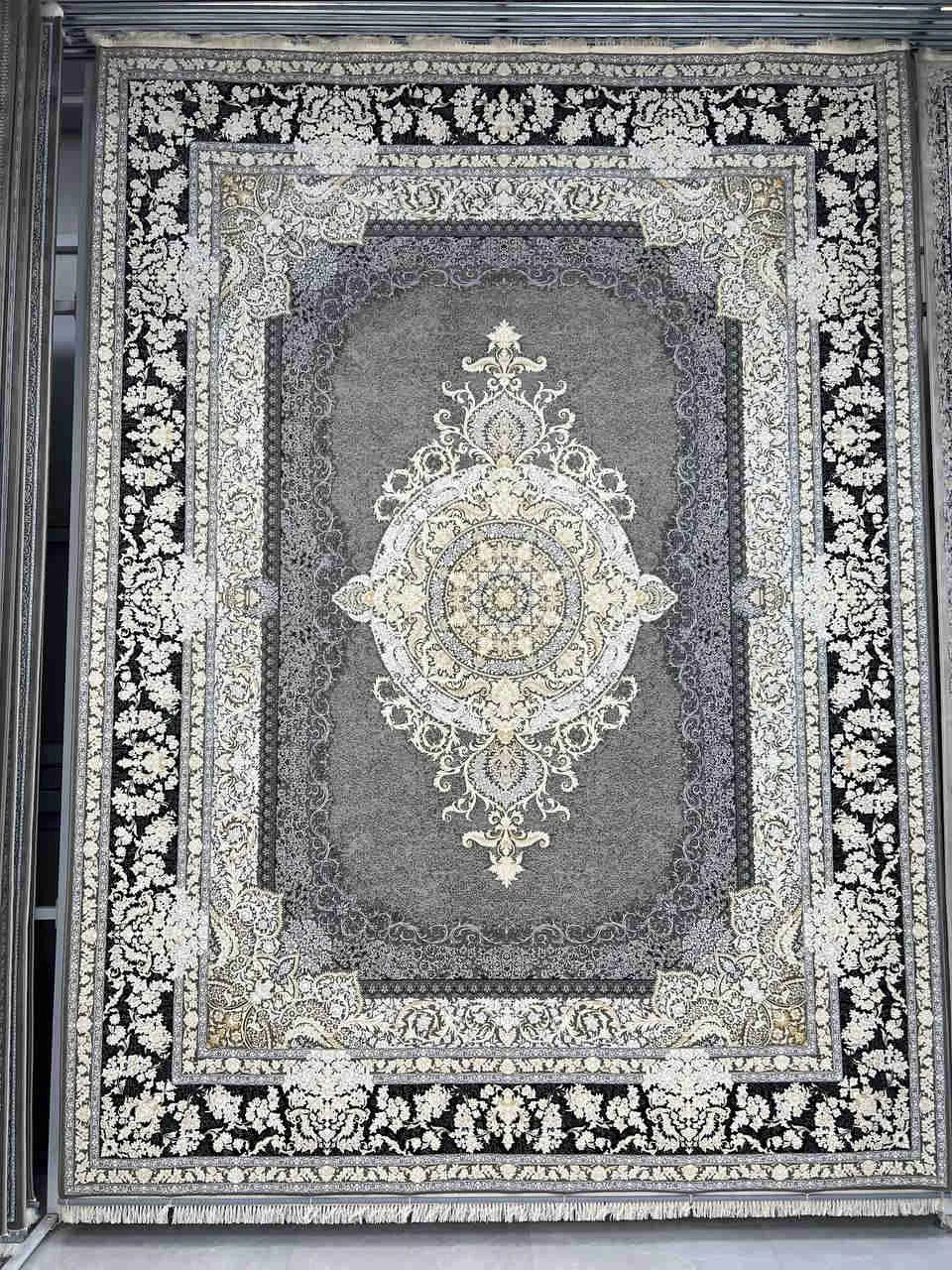
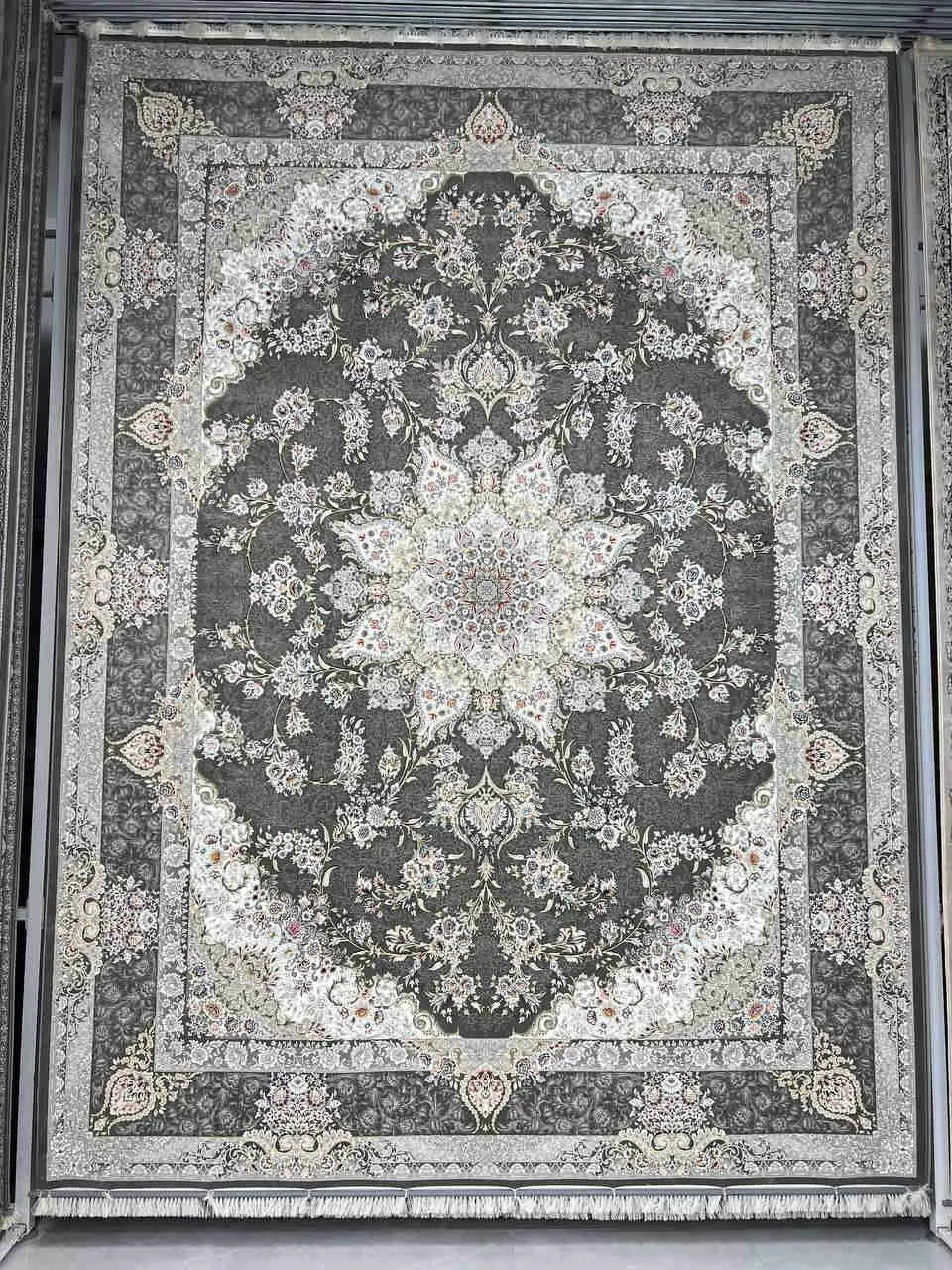
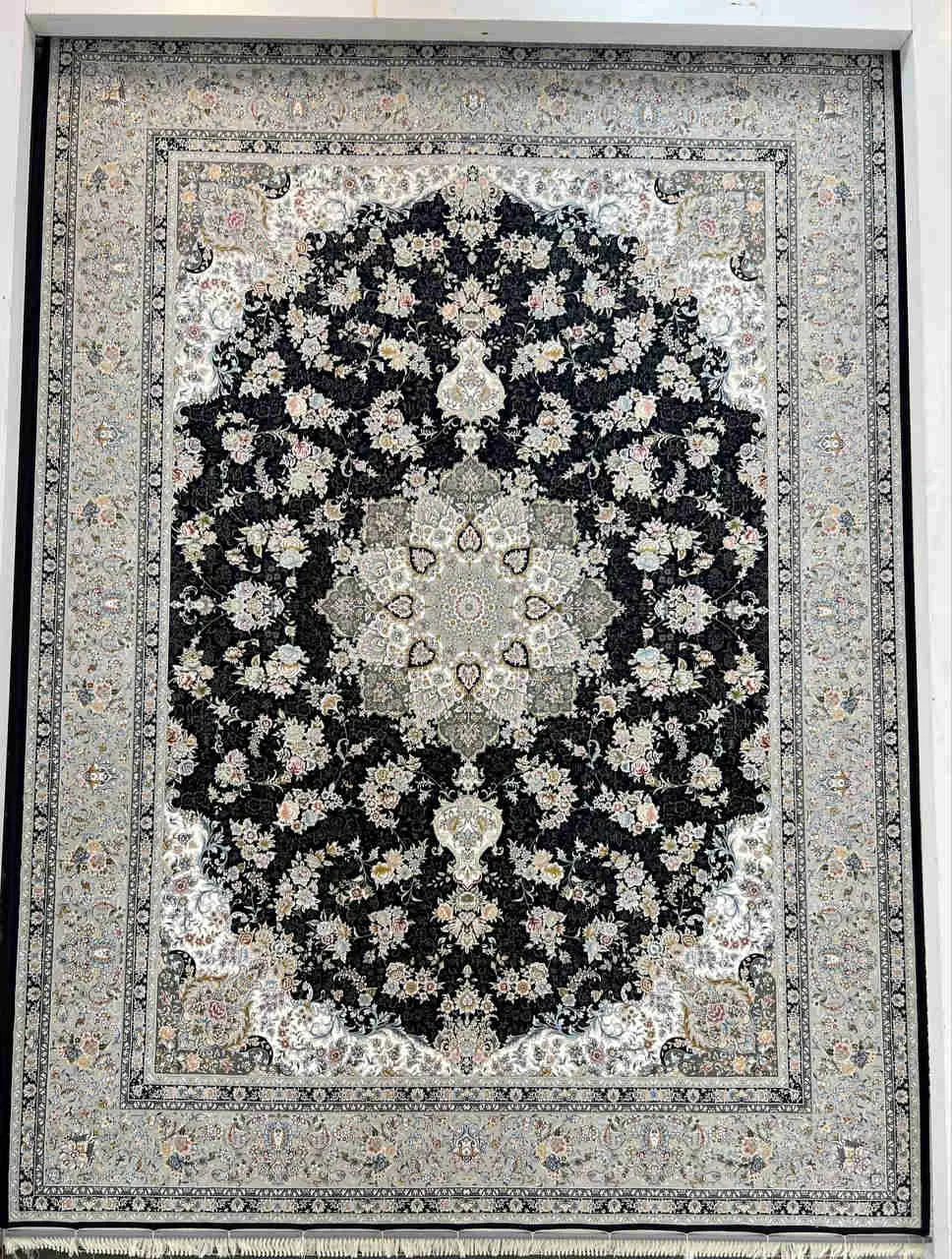
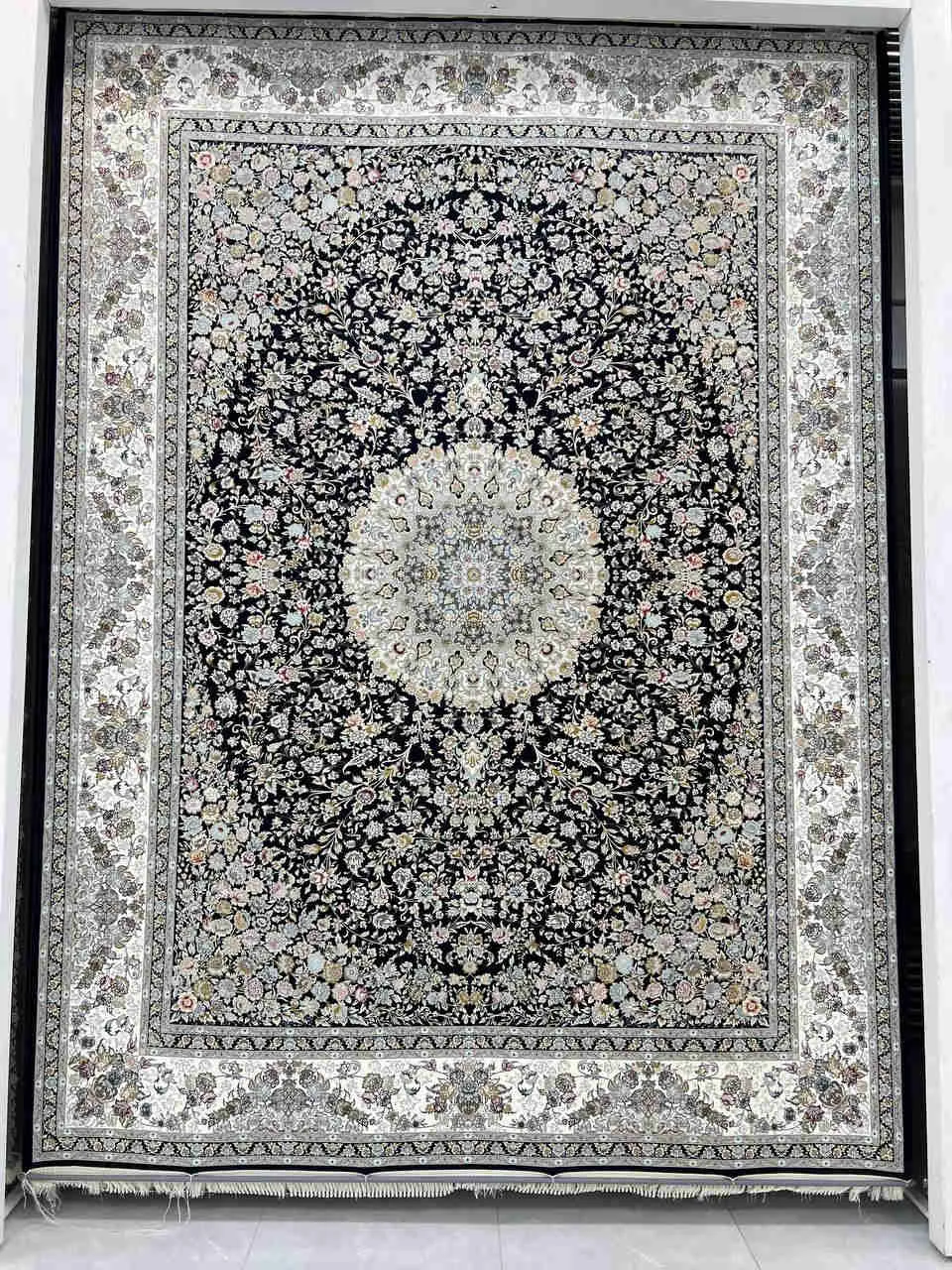
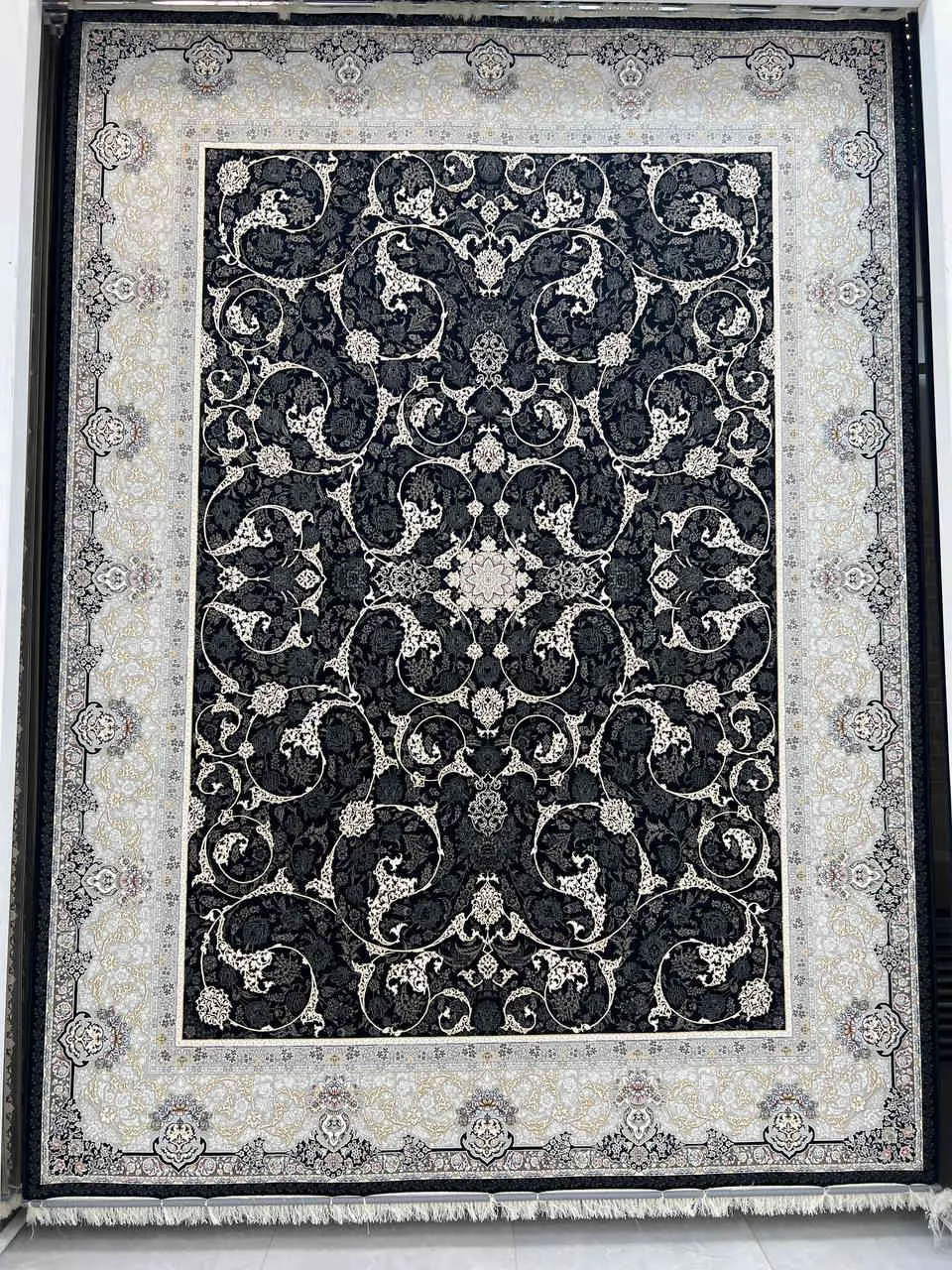
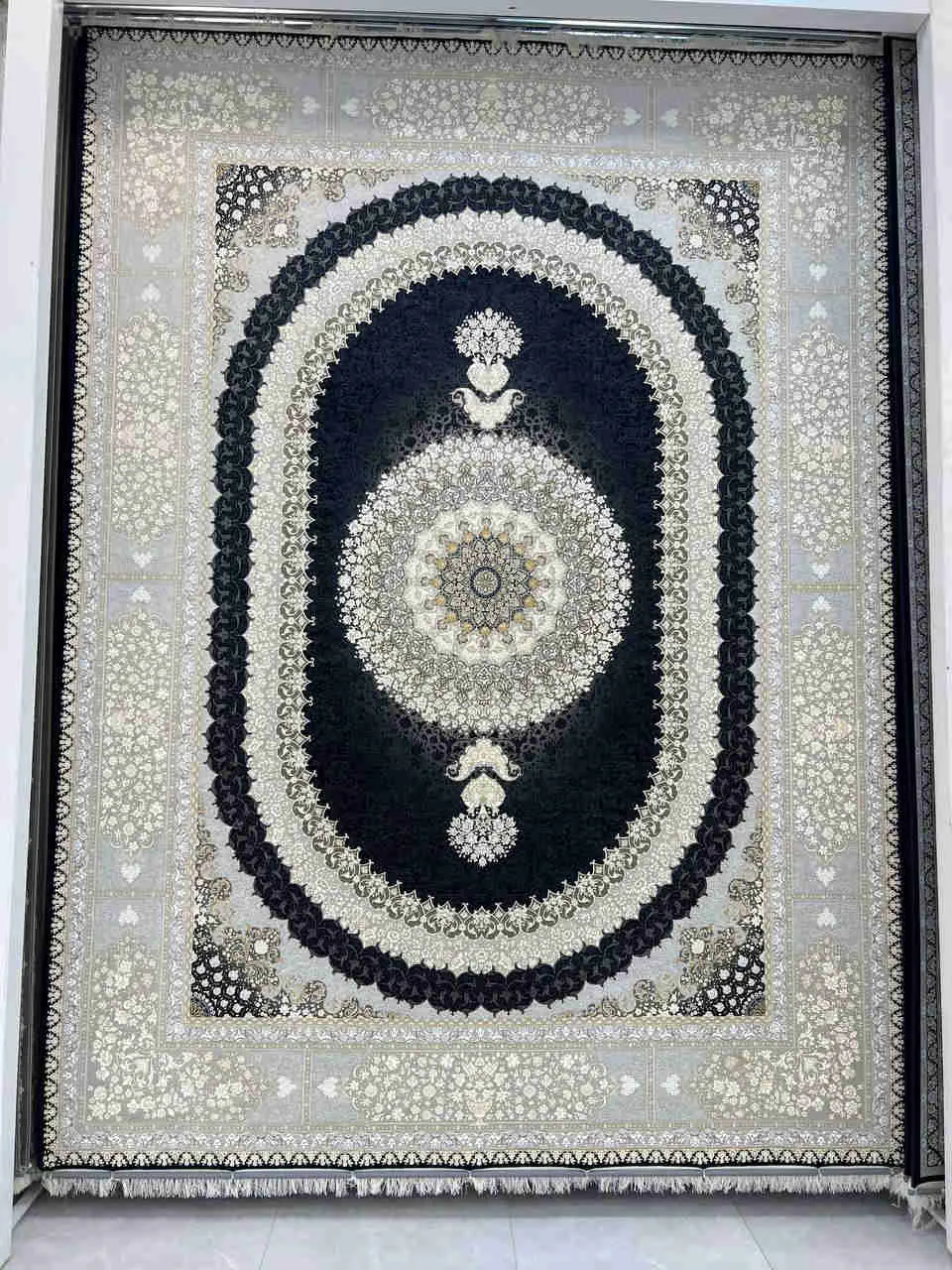
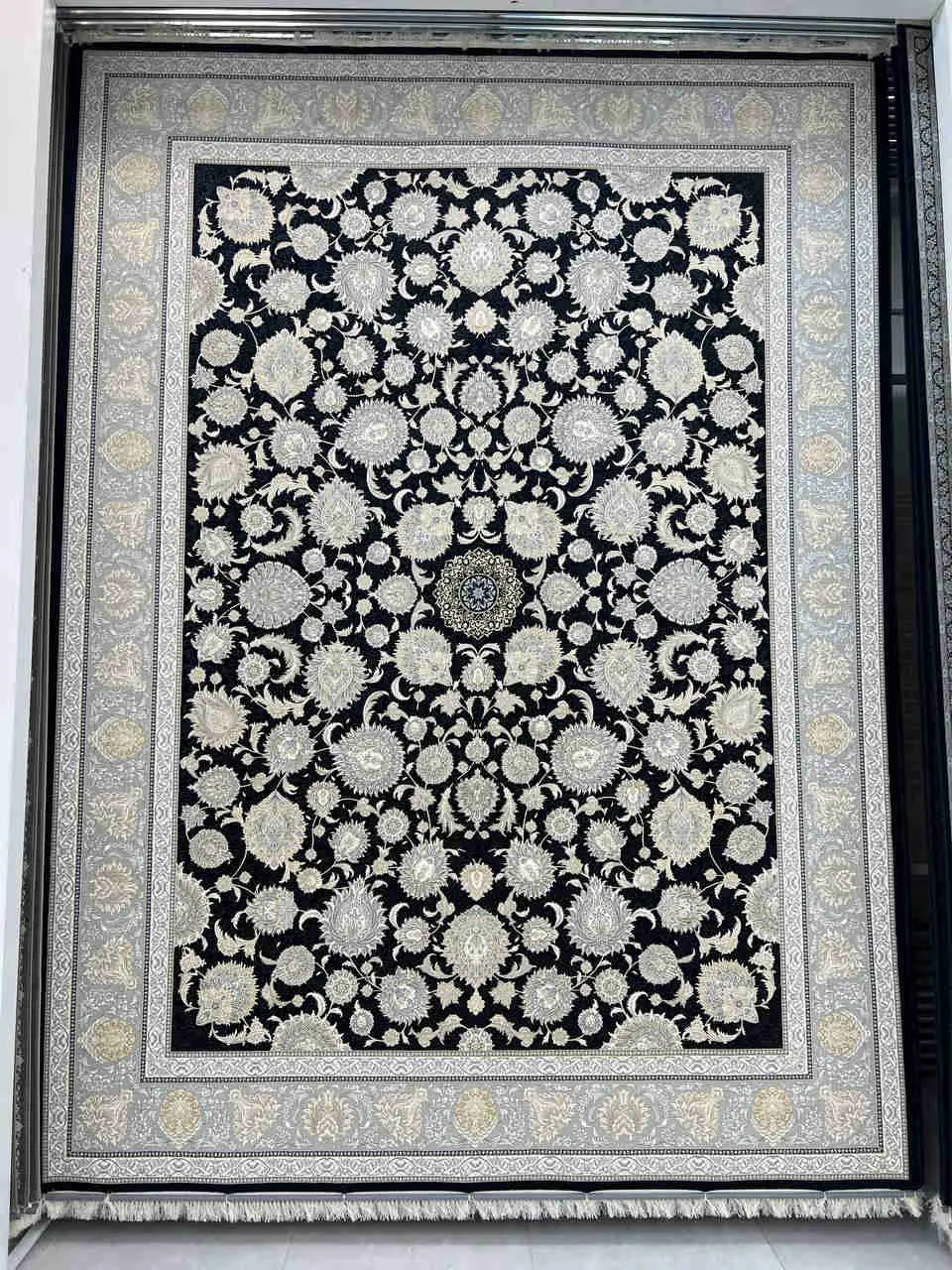
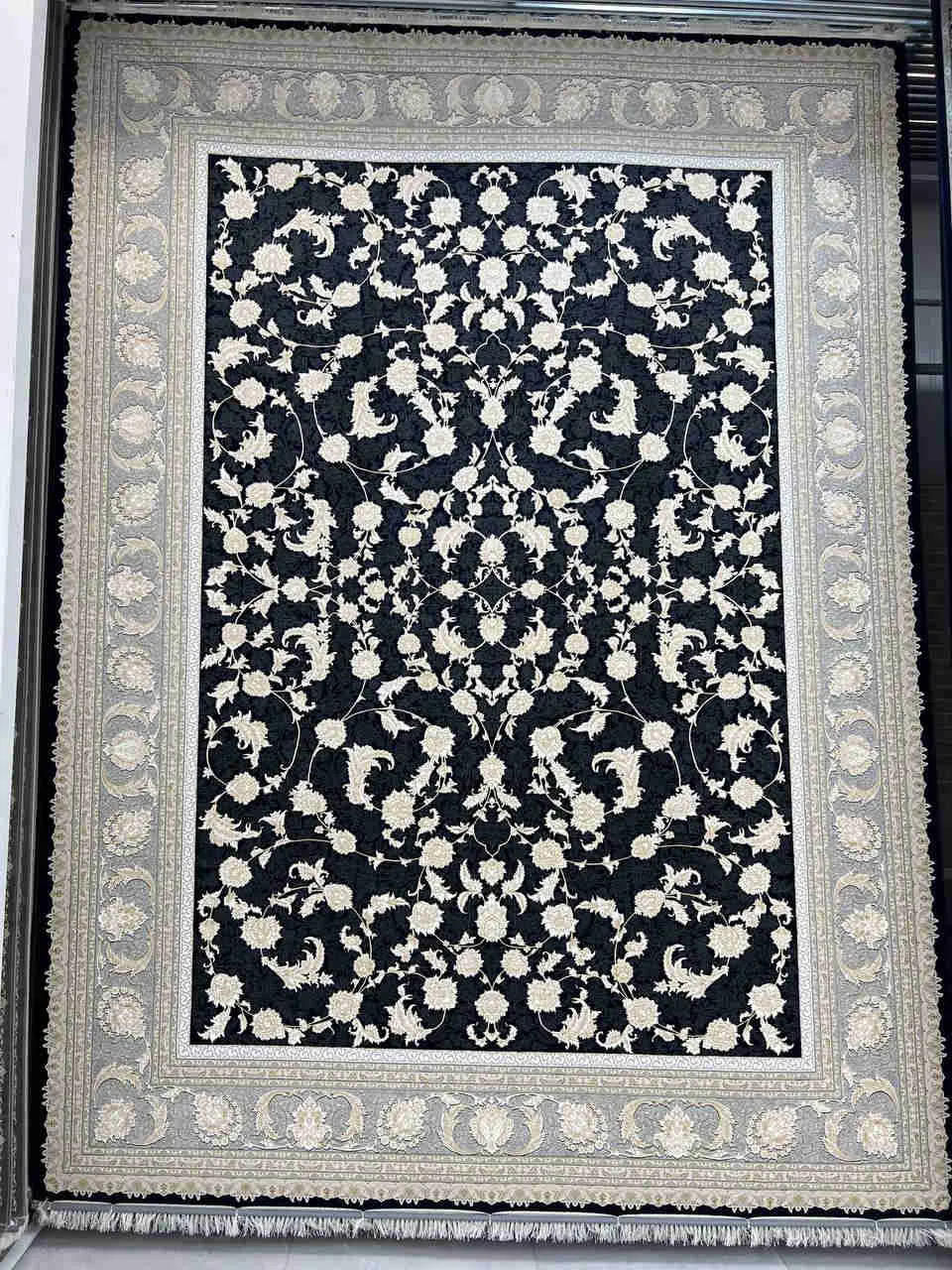
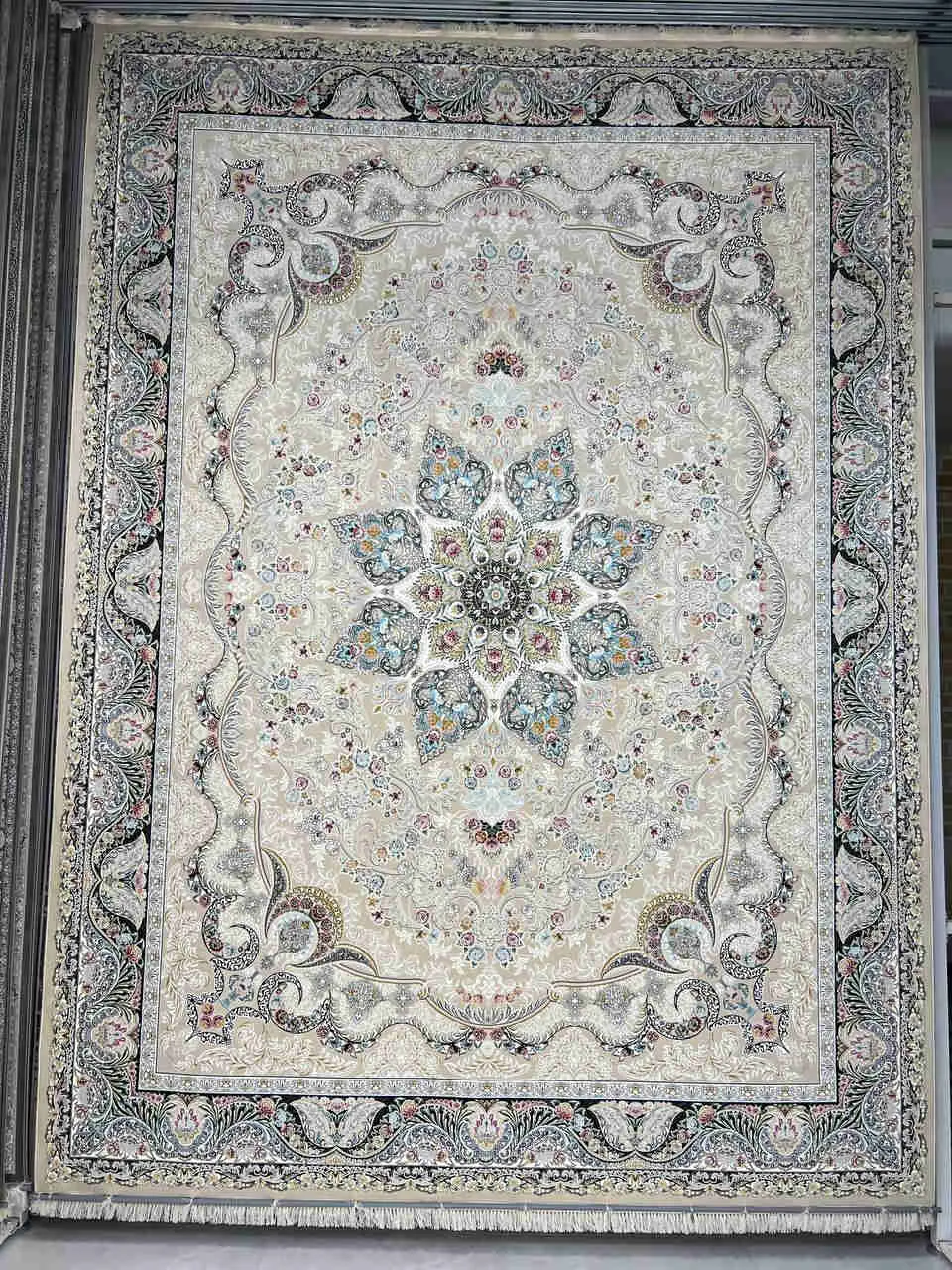
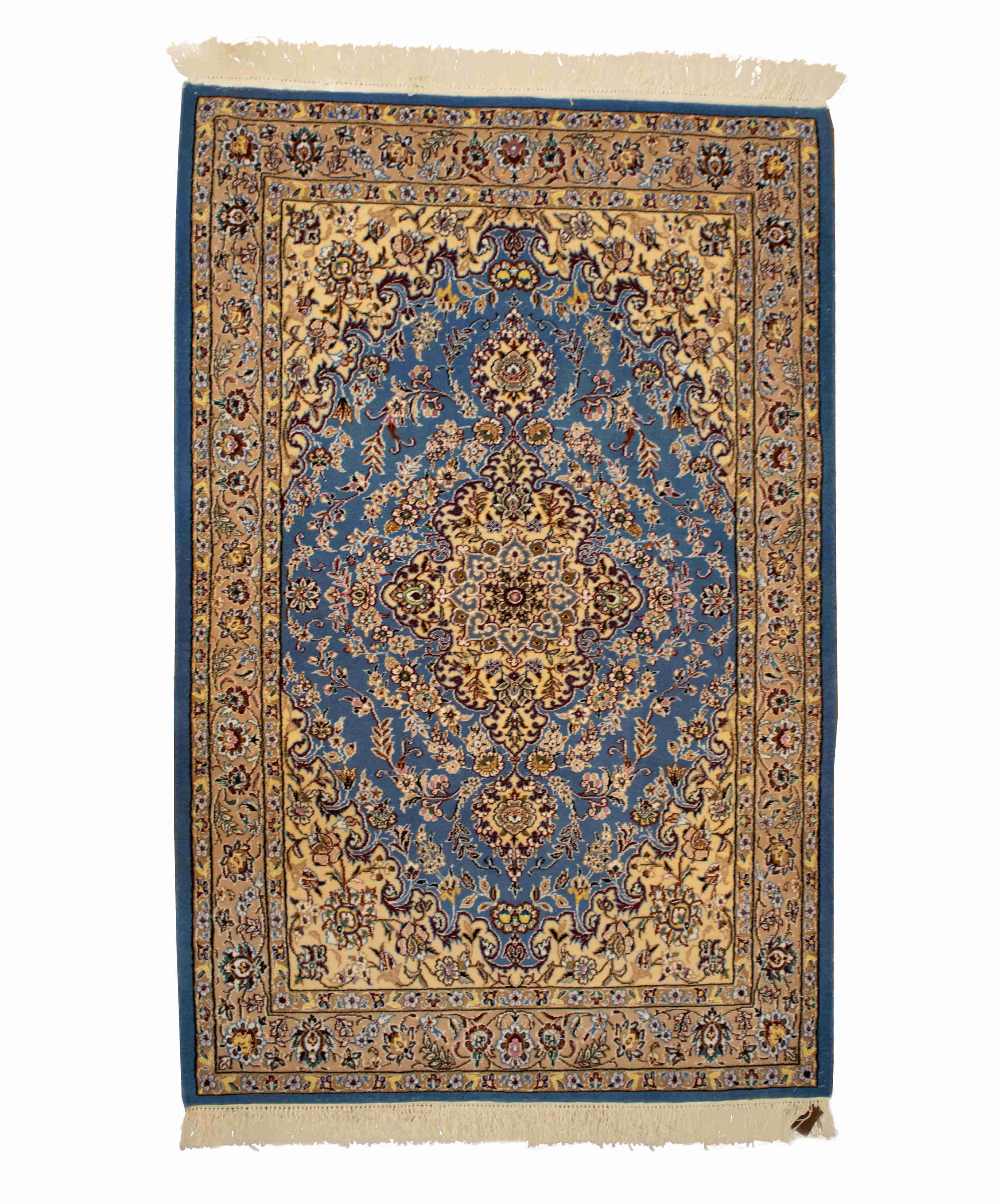
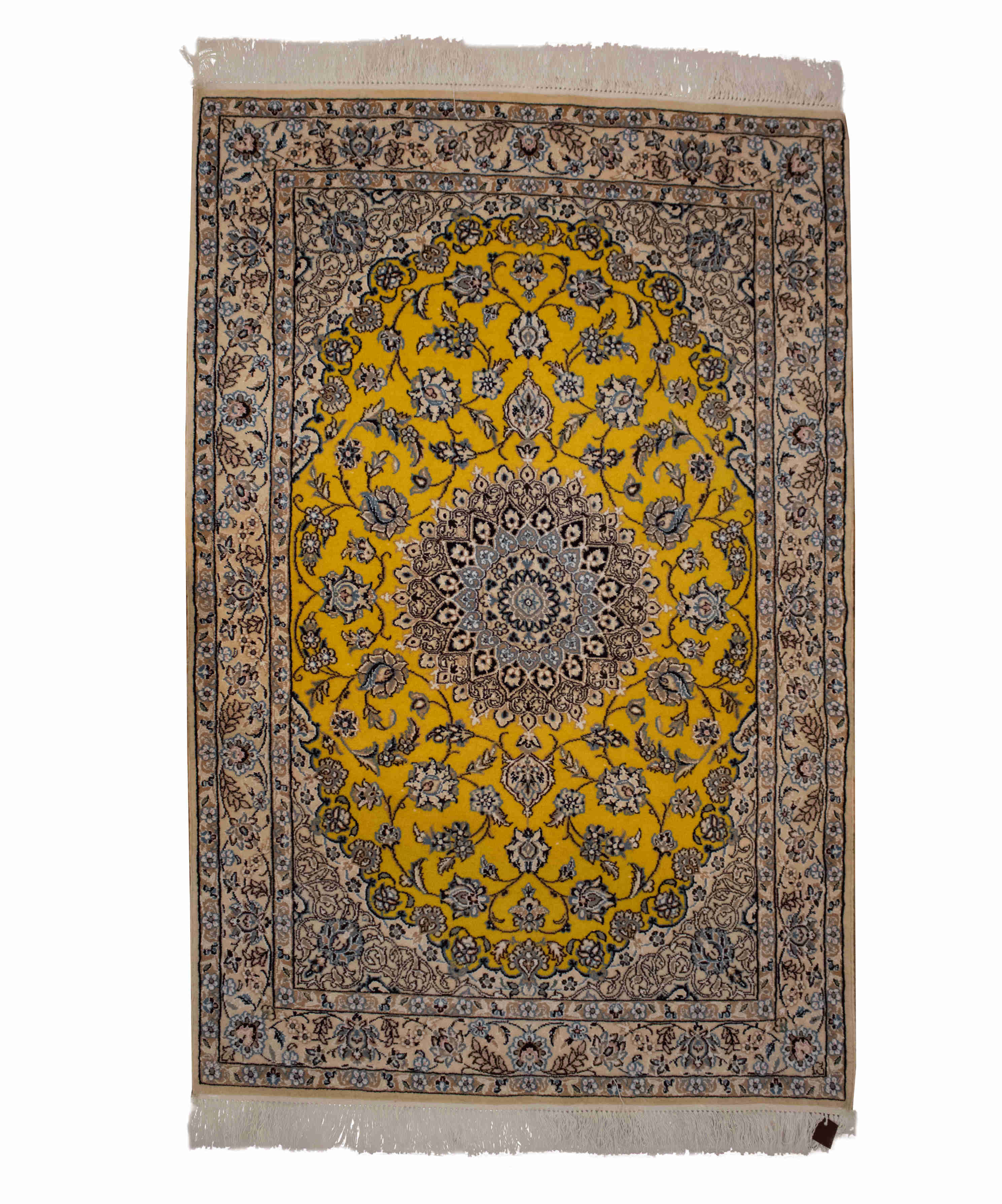
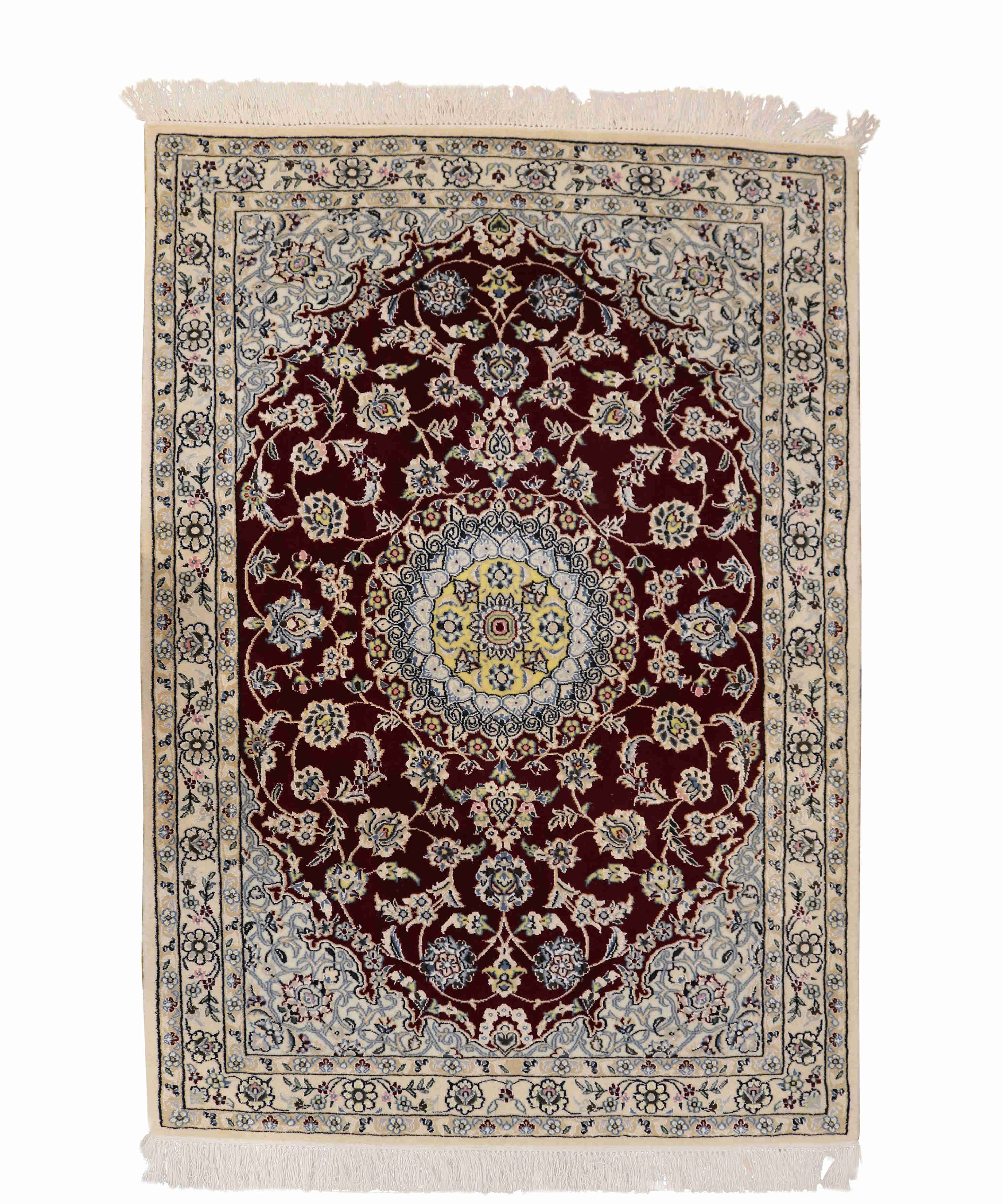
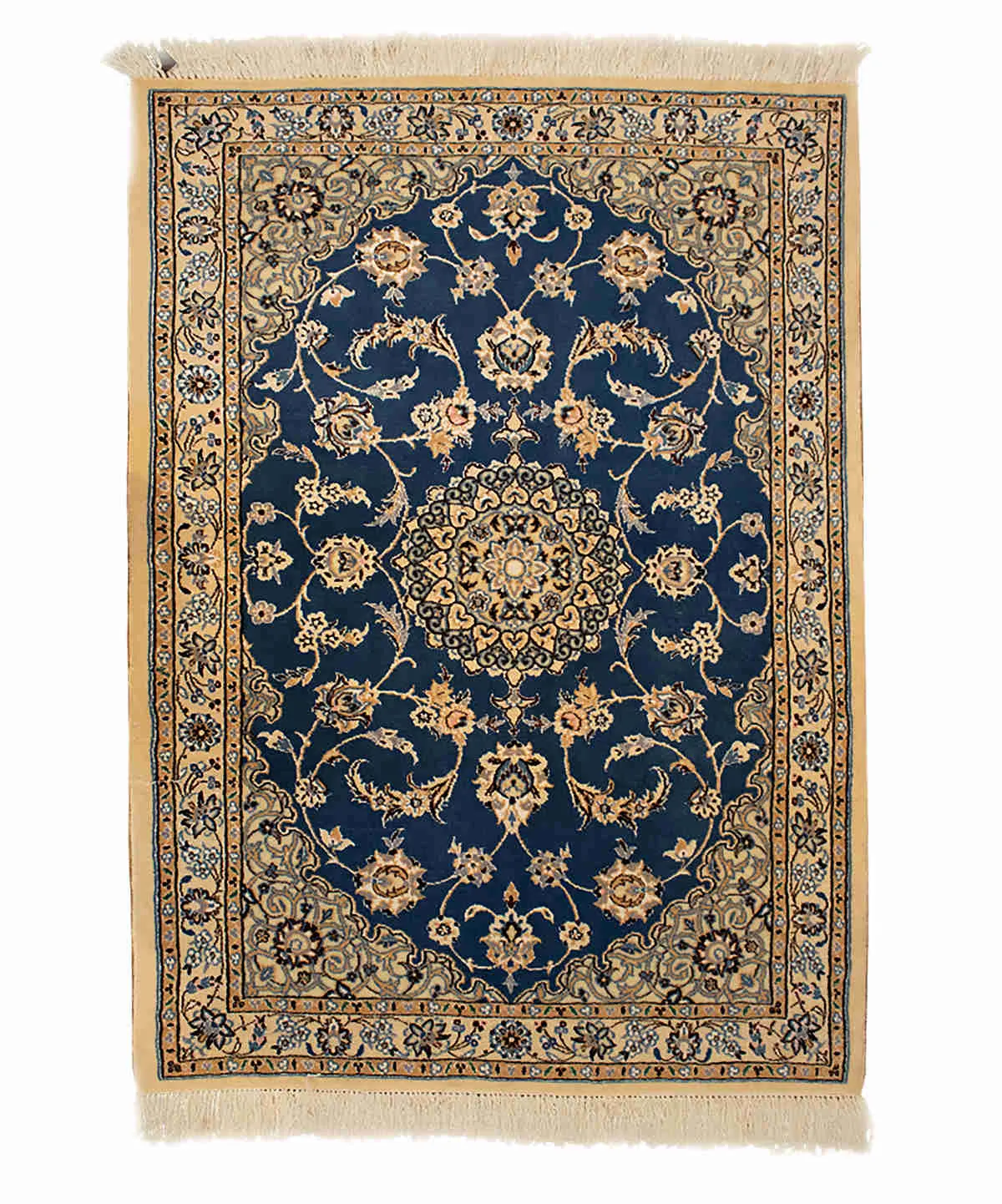
_11zon.webp)
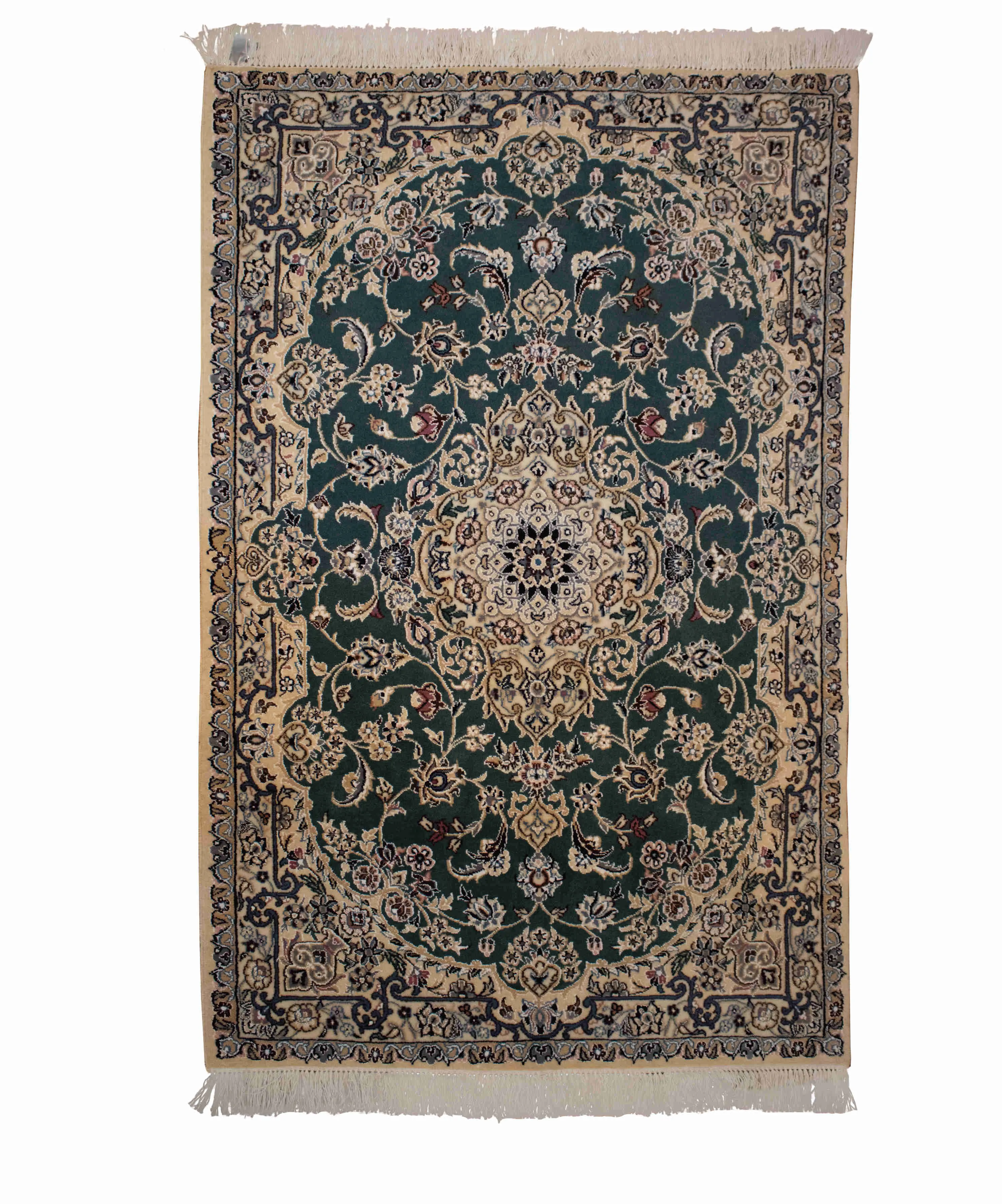
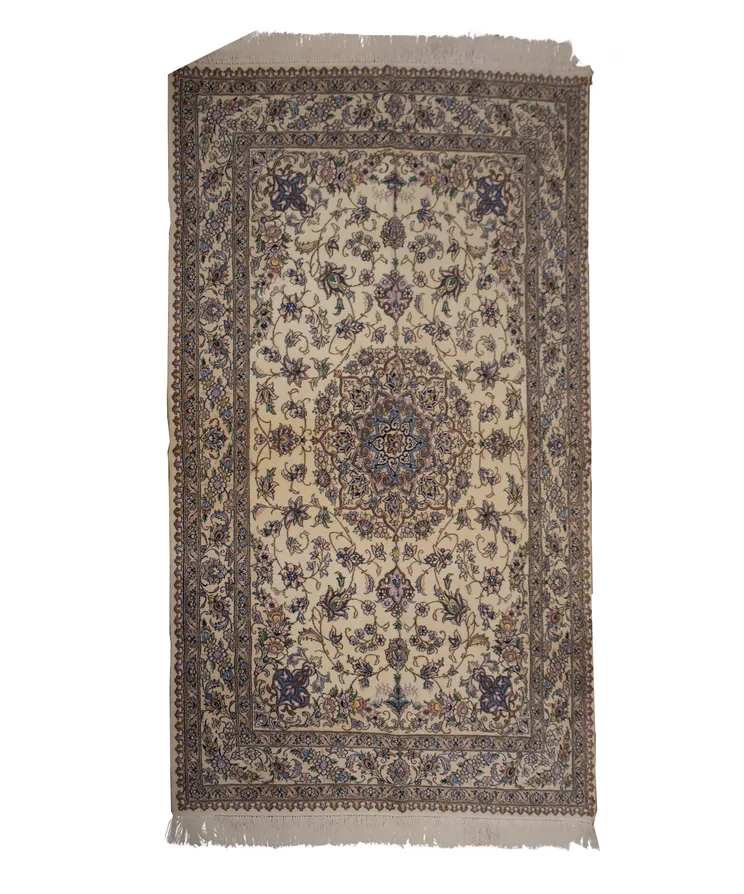
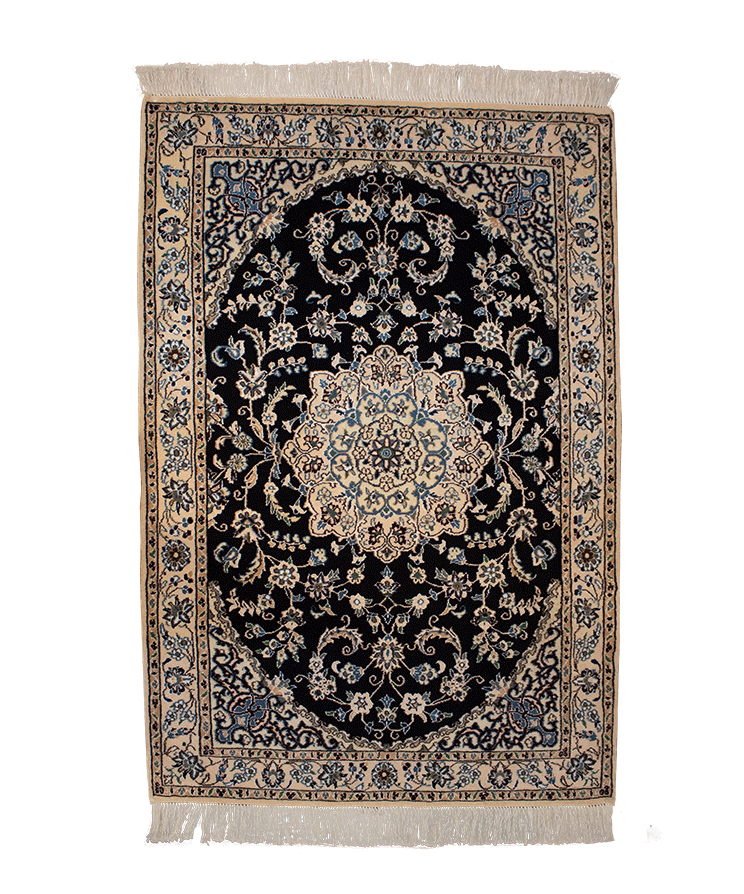
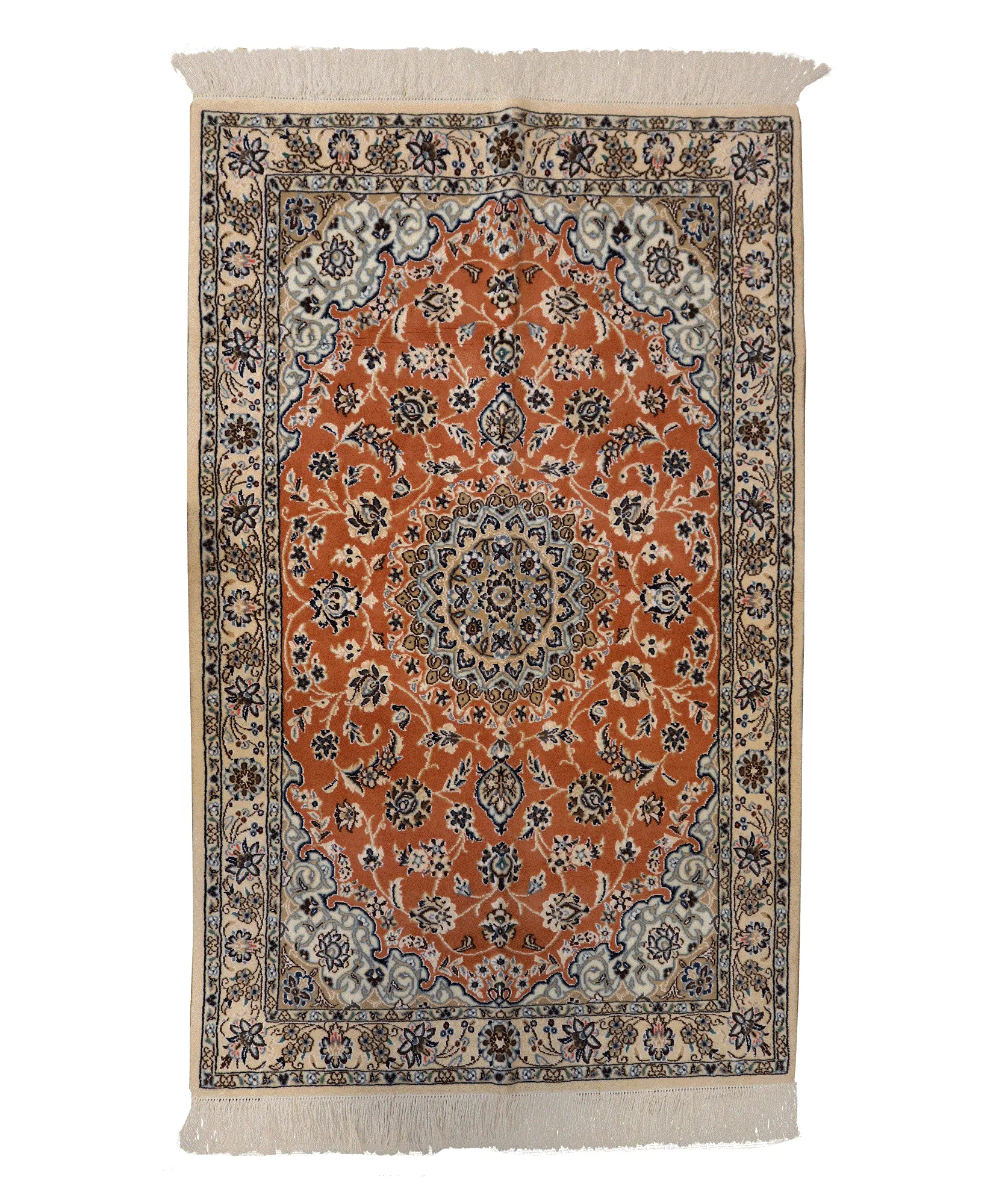
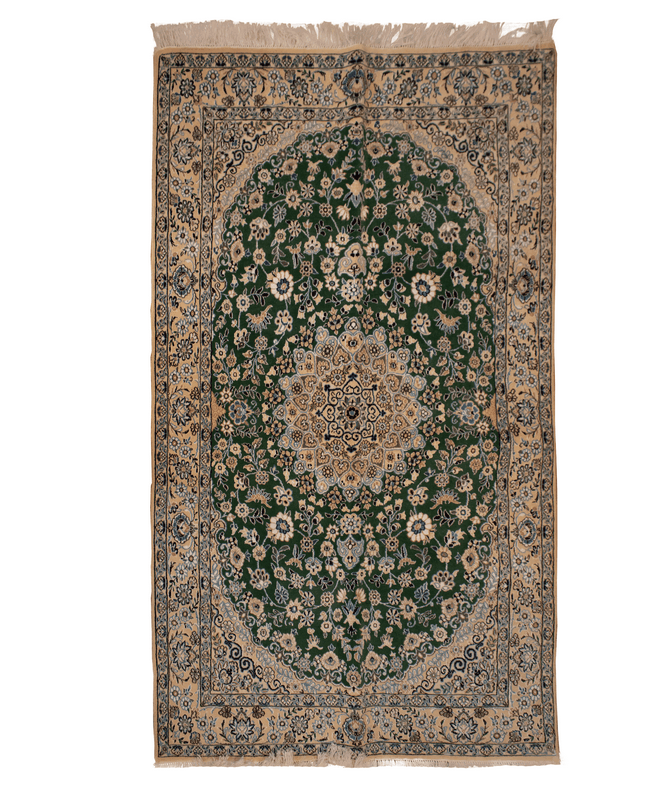
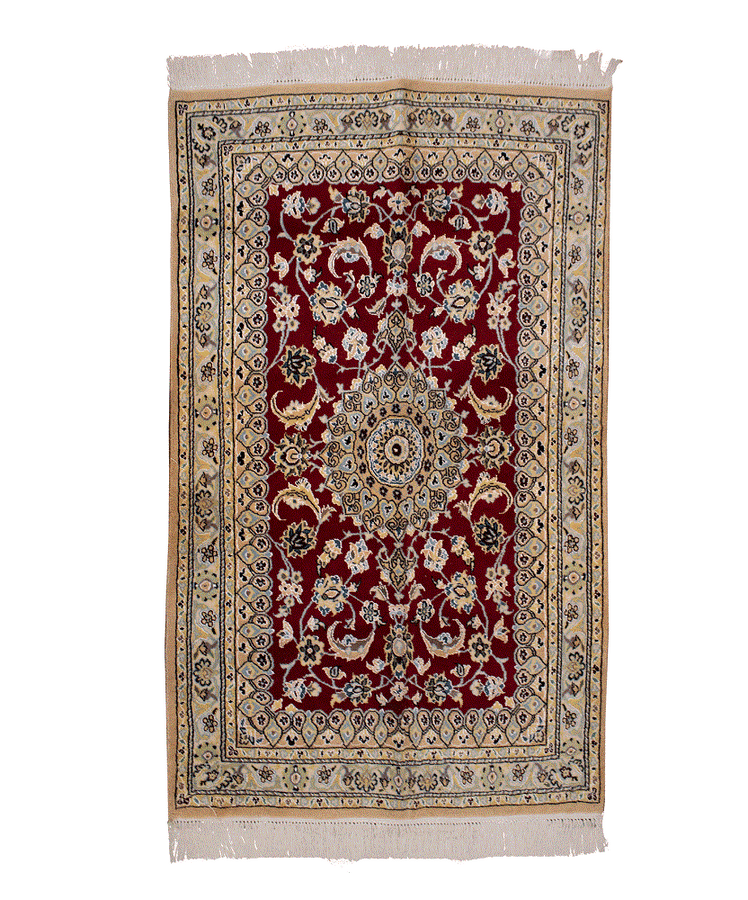
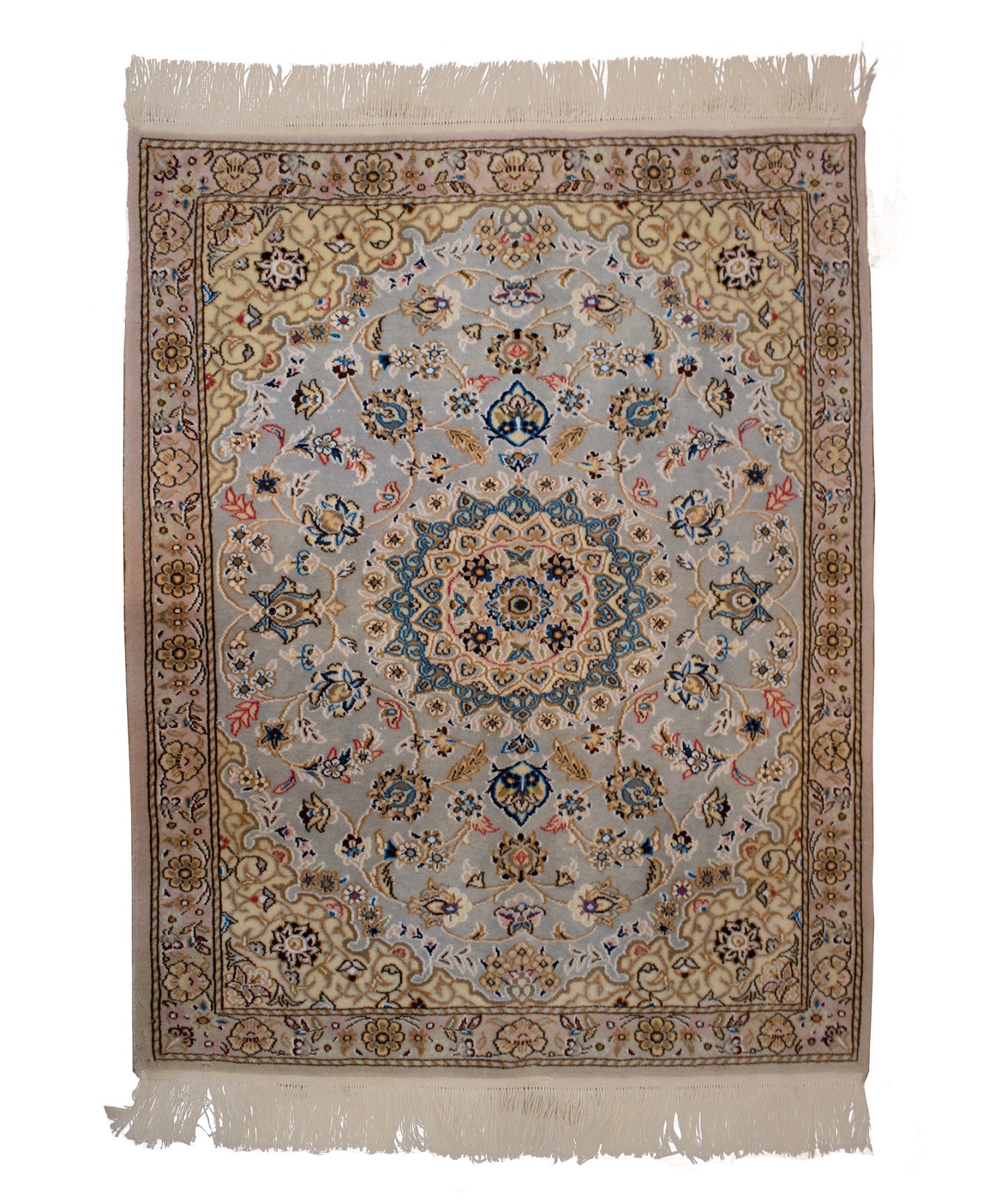
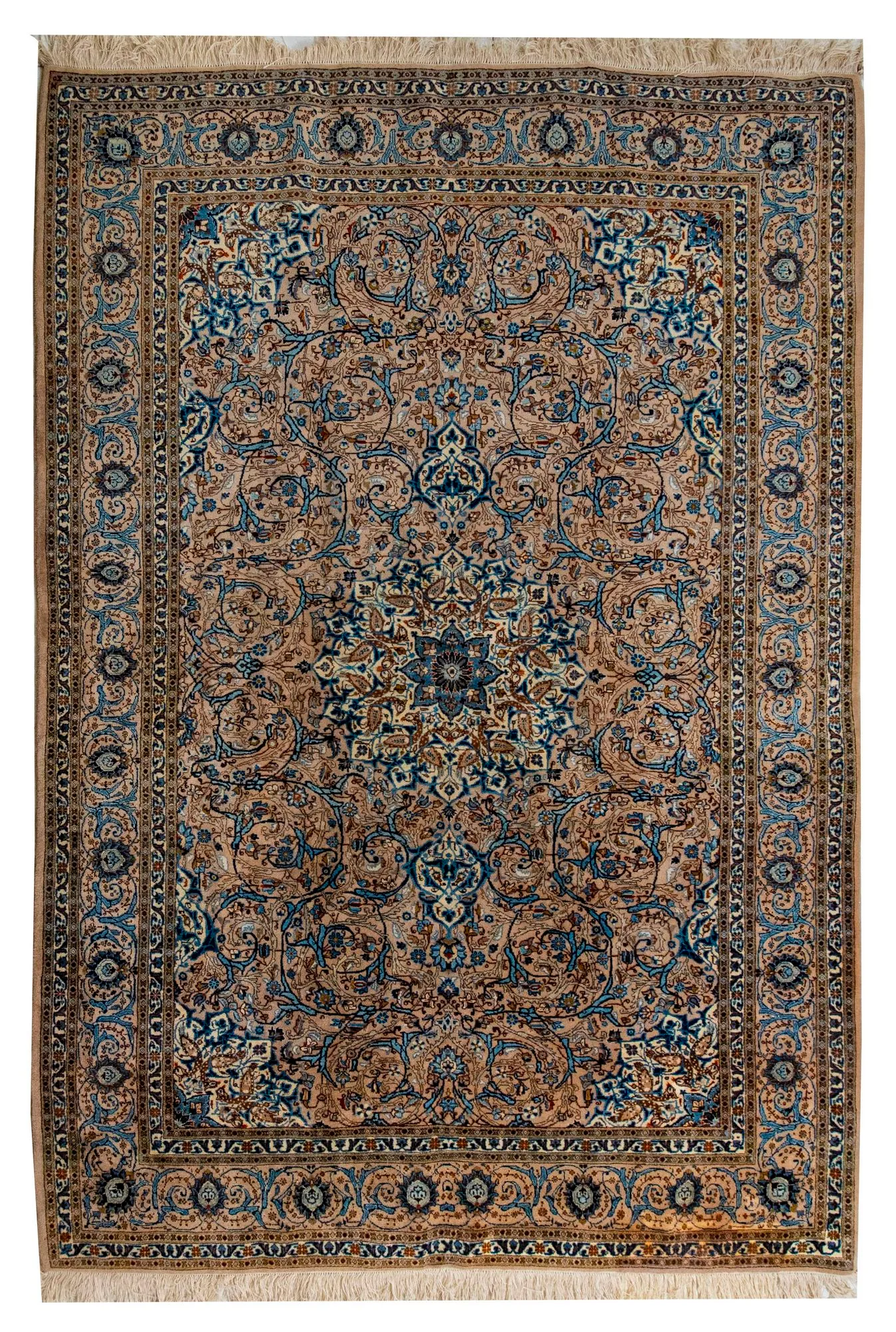
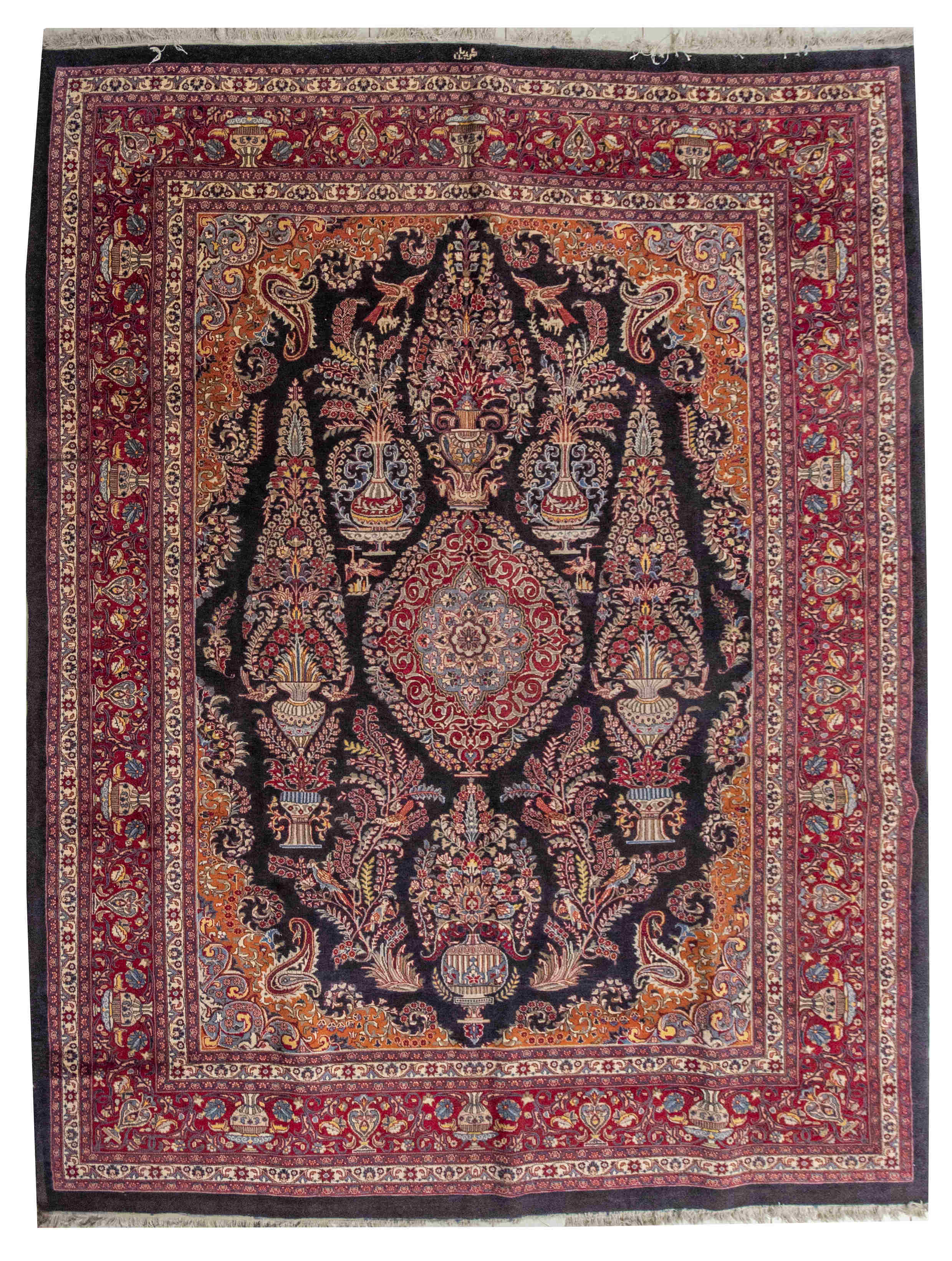
Looking for partnership.
Great information also look at MWCarpets